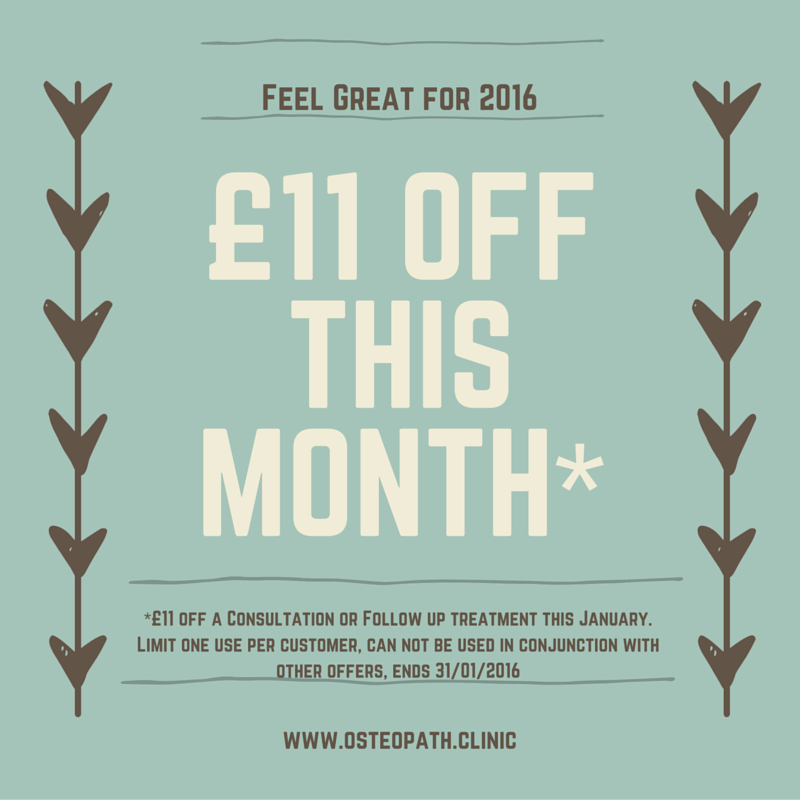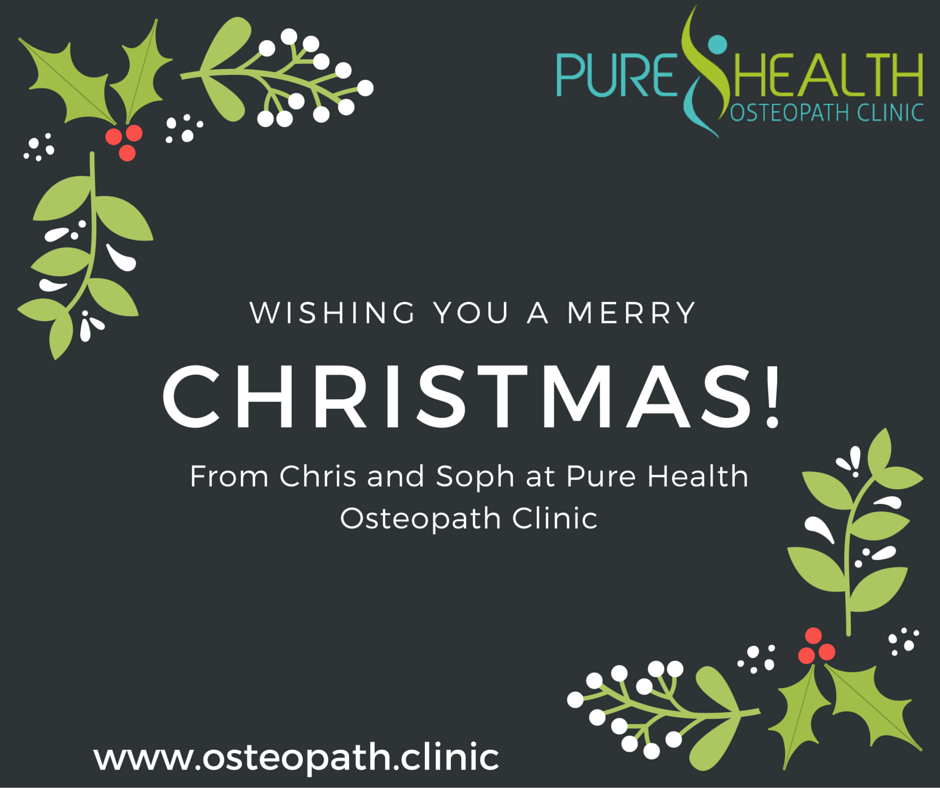 Cyber Monday and Black Friday both made their way over here from the states. Whilst us Brits may traditionally concern ourselves with the last postal date before Christmas, or getting the tree down by 5th January. There is no avoiding the fact that these events have made their way into our festive calendar and it looks like they are here to stay.
Cyber Monday and Black Friday both made their way over here from the states. Whilst us Brits may traditionally concern ourselves with the last postal date before Christmas, or getting the tree down by 5th January. There is no avoiding the fact that these events have made their way into our festive calendar and it looks like they are here to stay.
Weather you love or hate these big sale dates, they certainly mark the time most of us will start Christmas shopping and prepping for the big day. Personally, I find the start of advent much more exciting!!
Whilst many of you love Christmas, for some it can be a difficult time. Making sure everything is ready and runs to plan for the day can be troubling on the mind or even stressful. For others it can be a time where we miss loved ones no longer around. Most of us will agree it’s harder to stick to our typical lifestyle over this time, you may have skipped the gym for the work Christmas party, or been too busy on the lead up to really take some me time and look after yourself.
Let’s enjoy the whole Christmas period by taking a few steps to take care of our body and mind.
If you are you are suffering or are feeling aches and pains then we’d love to help.
To book an appointment and feel great for Christmas
Call Now on 01934 752 122
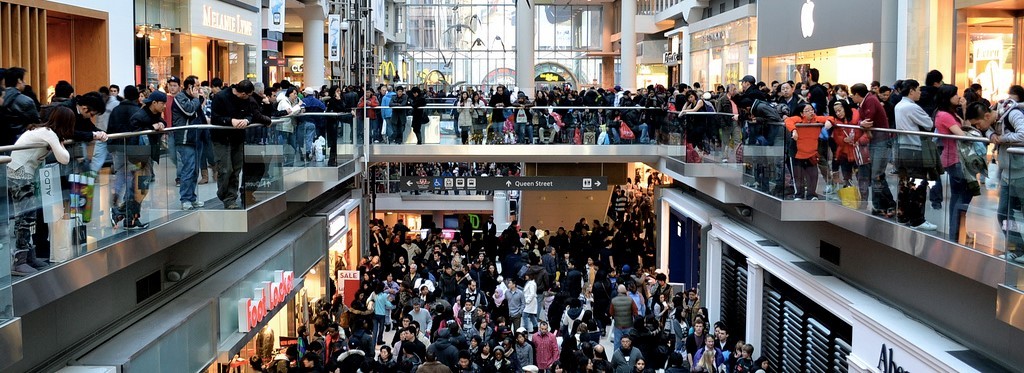
7 Cyber Monday Tips to Survive the Christmas Rush:
- Keep Mobile – Motion is lotion, research has even attributed movement as better for preventing pain than good posture. Whilst you may feel getting out round the shops is sufficient, and its certainly better than sitting on the sofa. We tend to stop and start move when shopping so don’t really get are hearts beating. Try taking a brisk walk to or from the shops, or park a little further away. Just take care if you plan on carrying a lot of shopping.
- Hydrate – water is best. Alcohol, coffee, tea, and sugary drinks impact your bodies hydration effecting muscle and joint tissue fluid dynamics. We’re not going to tell you off for indulging but do try to take a few glasses of water (its recommended we drink 8 glasses each day).
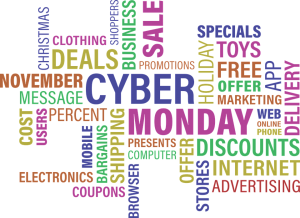
- Try not to Stress – For some Christmas can be a bit daunting, last year I offered to cook the dinner in a kitchen that I was unfamiliar with. Whilst it was a success it was difficult being unfamiliar, I recall a near miss with a pressure cooker! Stress can cause us to hold unnecessary tension, and can effect pain. If you’re feeling a bit overwhelmed try taking a minute or two for yourself and enjoy the quiet or try having a little dance to some Christmas Tunes. Remember you can always recruit family for help with your tasks, I’m sure most of them will feel honoured to be asked.
- Get a massage – Massage is great, it helps relieve stress and can help you relax tight muscles.
- Do some home yoga or stretches daily – moving and stretching tight muscles and joints can really help ease aches and pains whilst occupying the mind which can be really good to help you switch off.
- Try not to carry too much for too long – whilst it might be tempting to do all your shopping in one hit, make sure you’re not carrying heavy or uneven loads. If you are carrying a lot, try to drop it to the car or use a trolley rather than keep carrying it all day. Holding loads for prolonged periods can exhausts muscle tissue and can contribute to injury.
- Enjoy yourself – Because that what its all about. If you are putting in all this extra work to ensure you have a great Christmas, then try to enjoy yourself through the duration rather than just on the day. Take the time to make the experience more pleasurable, don’t rush, try to plan shopping trips. Make lists of hat you need to do by day and week so you can see what you have accomplished and know you’re on track.
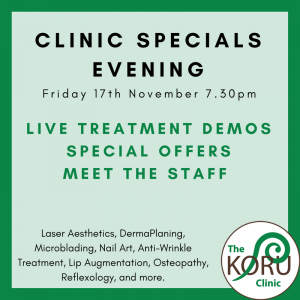
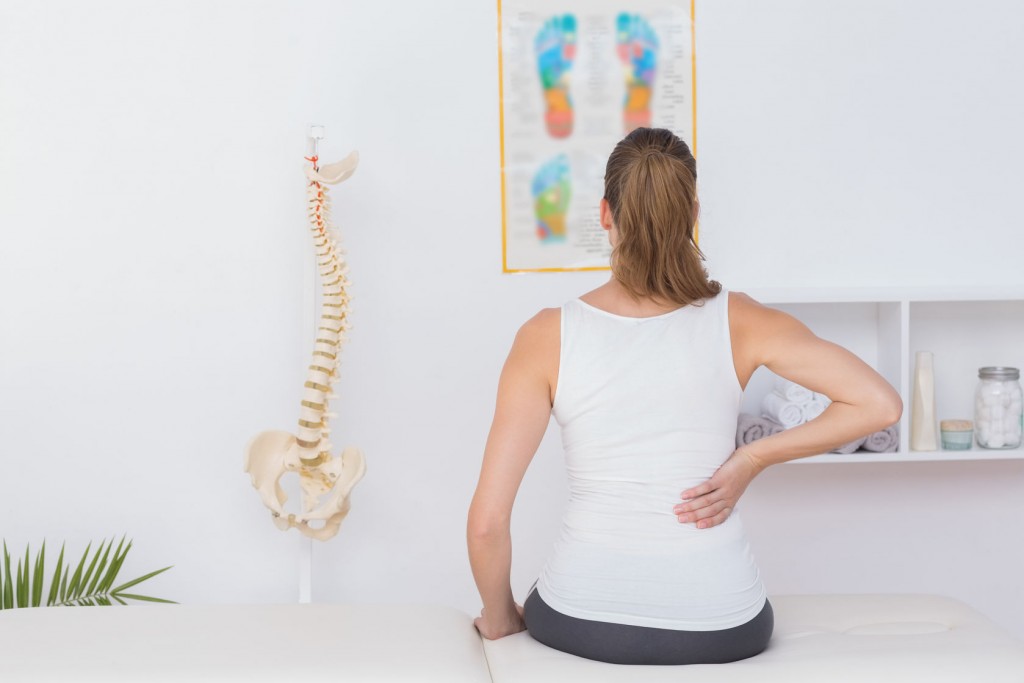 Osteopathic treatment largely depends on the person and their presenting complaint, I certainly wouldn’t treat your granny the same way I would treat the local rugby team! Although I do treat some pretty tough elderly patients and some comparatively delicate rugby players! This is why the initial assessment is so important, not only so we can properly diagnose your complaint, but also to form a treatment plan that works for you.
Osteopathic treatment largely depends on the person and their presenting complaint, I certainly wouldn’t treat your granny the same way I would treat the local rugby team! Although I do treat some pretty tough elderly patients and some comparatively delicate rugby players! This is why the initial assessment is so important, not only so we can properly diagnose your complaint, but also to form a treatment plan that works for you.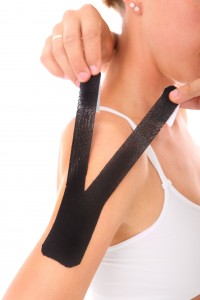 Osteopathic treatment is never just one technique for one problem, nor is it multiple techniques pulled together in an attempt to make some kind of improvement. Osteopathic treatment follows largely from our assessment; with this information we draw on our expertise, experience and latest research to really target our treatment. The aim is to optimise areas of the body so that it functions at its best. Whilst treating, we continually analyse the body for change and at look at how you respond to treatment techniques. This allows us to adapt treatment to you as your body adapts. By the end of treatment I like to see an subjective or objective improvement, better still both. Subjective improvements are how you feel after treatment (ie. feeling looser, decreased pain, able to tie up your shoelaces again). Objective improvements are generally measurable (ie. increased flexibility, improved range of motion like turning your neck again).
Osteopathic treatment is never just one technique for one problem, nor is it multiple techniques pulled together in an attempt to make some kind of improvement. Osteopathic treatment follows largely from our assessment; with this information we draw on our expertise, experience and latest research to really target our treatment. The aim is to optimise areas of the body so that it functions at its best. Whilst treating, we continually analyse the body for change and at look at how you respond to treatment techniques. This allows us to adapt treatment to you as your body adapts. By the end of treatment I like to see an subjective or objective improvement, better still both. Subjective improvements are how you feel after treatment (ie. feeling looser, decreased pain, able to tie up your shoelaces again). Objective improvements are generally measurable (ie. increased flexibility, improved range of motion like turning your neck again).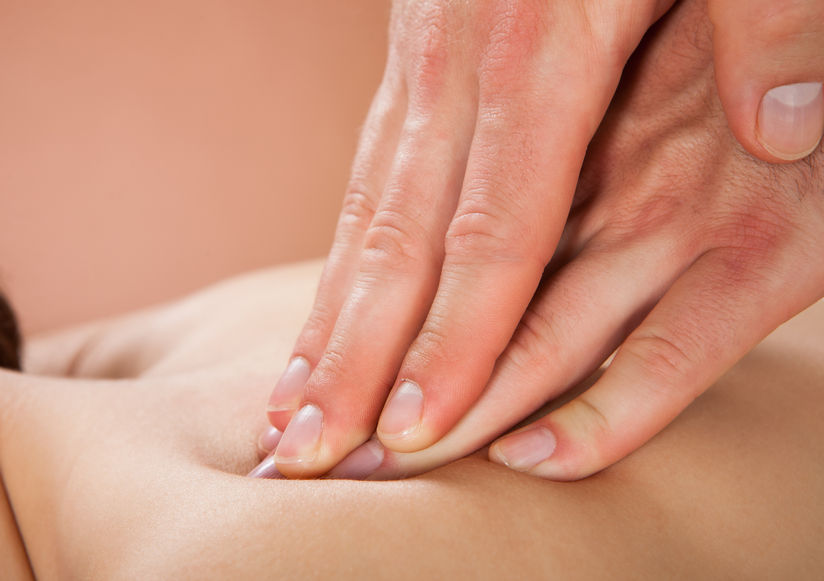 I love massage; deep tissue, sports, lighter effleurage techniques, relaxation techniques, they all work on so many levels.
I love massage; deep tissue, sports, lighter effleurage techniques, relaxation techniques, they all work on so many levels.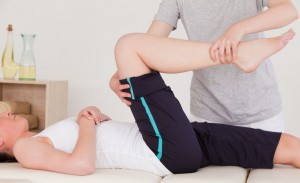
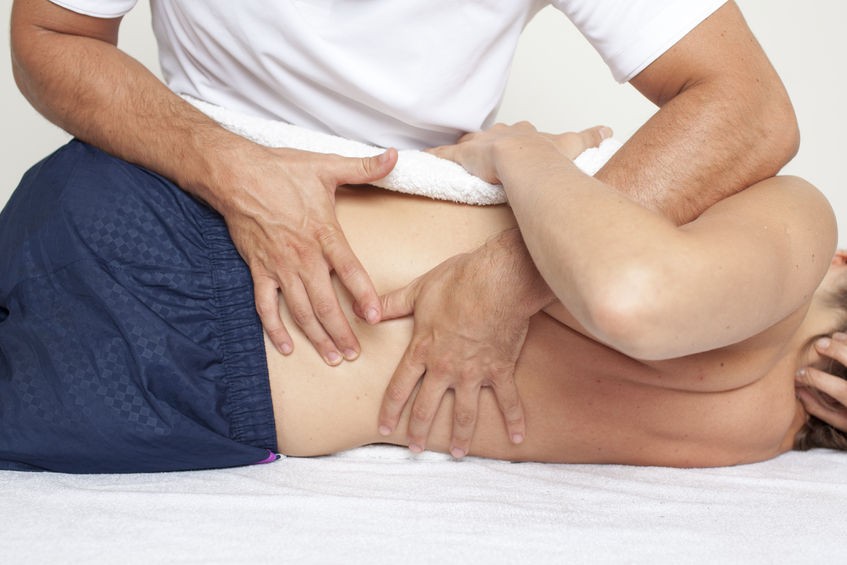 Most commonly applied to the small facet joints of the spine and known to cause an audible popping or click noise as the joint releases. Most people describe the feeling like a joint has been put back in place, although the joint was more likely restricted or irritated than out of place. Manipulation has multiple effects, as well as freeing up a restriction. The audible pop noise is actually the release of nitrogen gas dissolved in the joint fluid causing a temporary increase in fluid volume within the joint. This temporary effect can help your body back to function by easing the movement and allowing your body to heal itself. There are also known Neuro physiological effects than can influence the muscles associated with that joint.
Most commonly applied to the small facet joints of the spine and known to cause an audible popping or click noise as the joint releases. Most people describe the feeling like a joint has been put back in place, although the joint was more likely restricted or irritated than out of place. Manipulation has multiple effects, as well as freeing up a restriction. The audible pop noise is actually the release of nitrogen gas dissolved in the joint fluid causing a temporary increase in fluid volume within the joint. This temporary effect can help your body back to function by easing the movement and allowing your body to heal itself. There are also known Neuro physiological effects than can influence the muscles associated with that joint.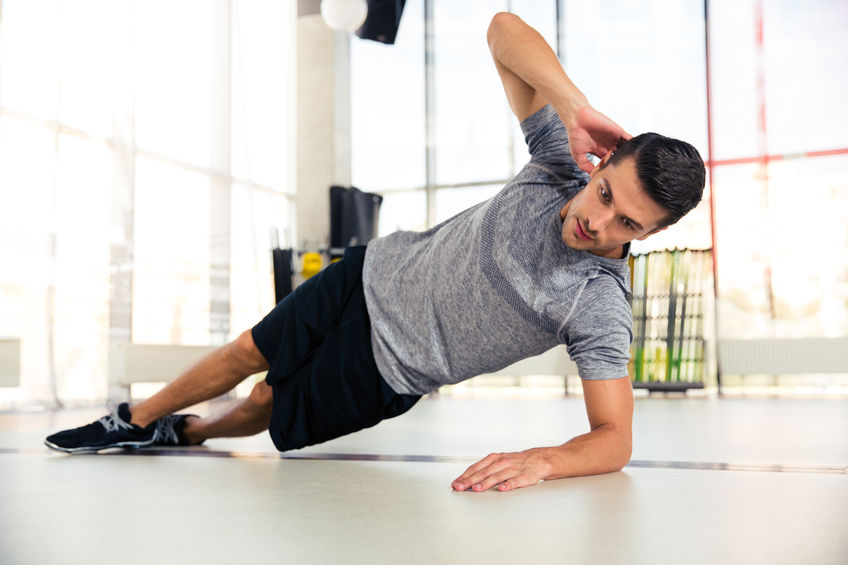 This is particularly important to aiding recovery or to limit re-injury. Exercise prescription is really important for so many applications.
This is particularly important to aiding recovery or to limit re-injury. Exercise prescription is really important for so many applications.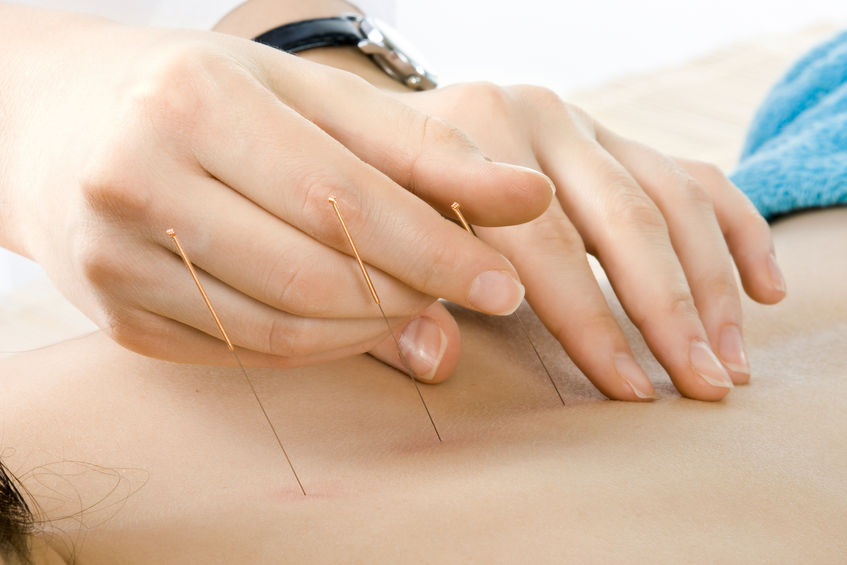 At Pure Health Osteopath Clinic, both Chris and Sophie are trained in
At Pure Health Osteopath Clinic, both Chris and Sophie are trained in 